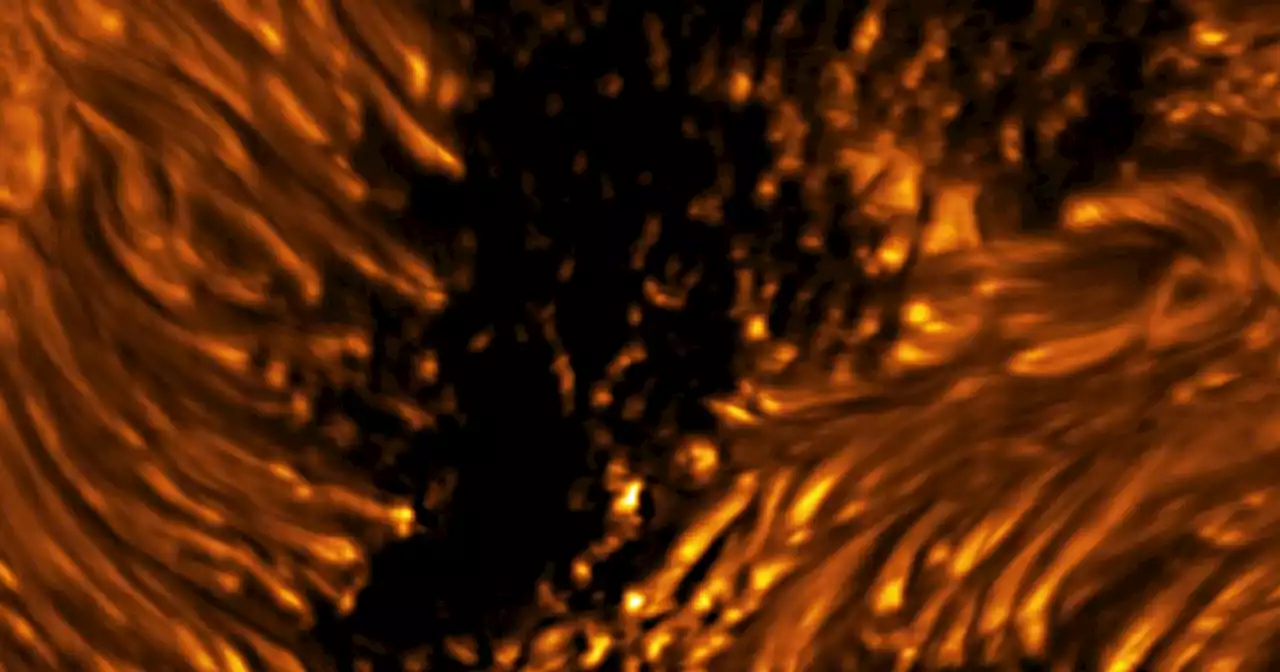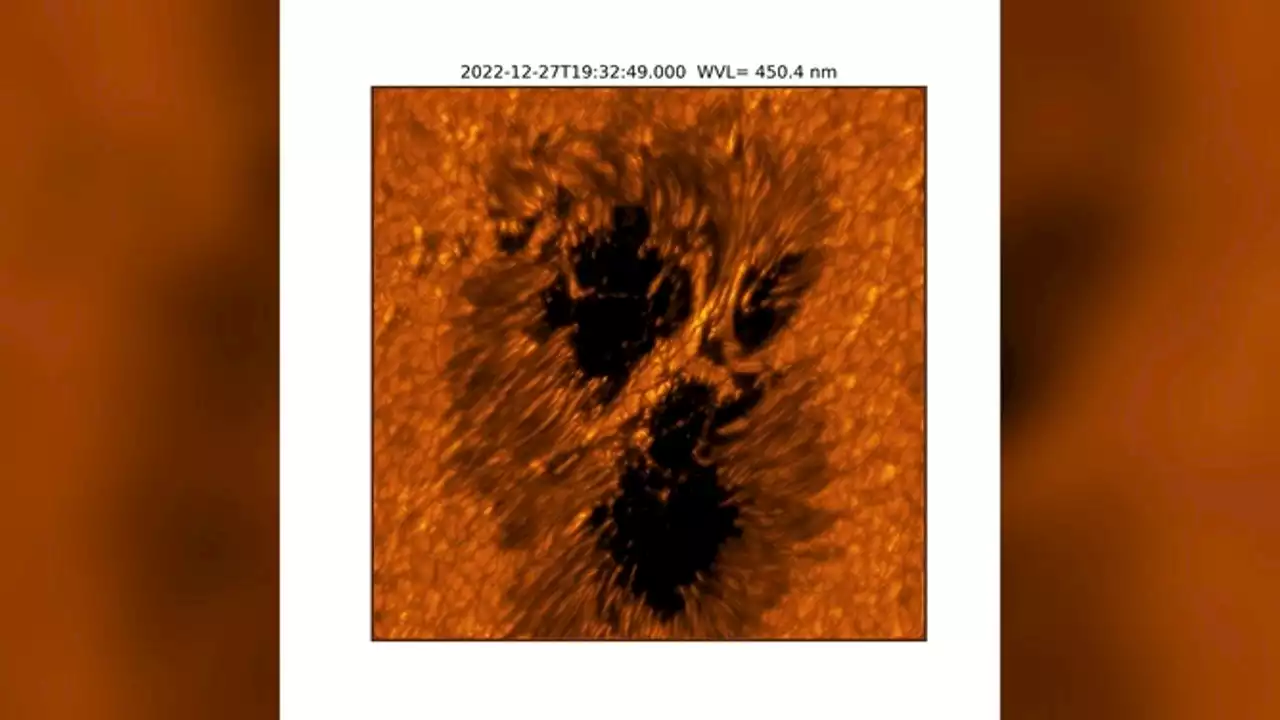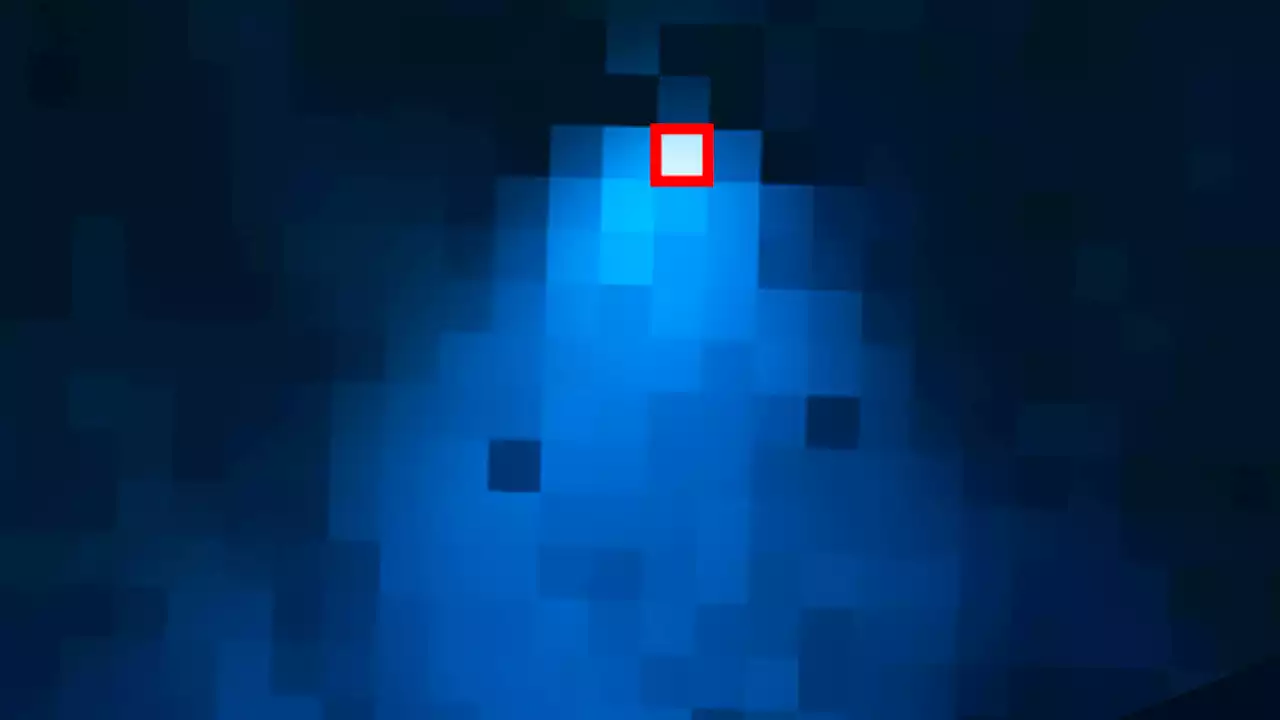The $10 billion space observatory is investigating ancient light as well as nearby moons.
“When I was looking at the data, at first, I was thinking I had to be wrong. It was just so shocking to detect a water plume more than 20 times the size of the moon,” said lead author Geronimo Villanueva, a planetary scientist at NASA’s Goddard Space Flight Center, in a Space Telescope Science InstituteVillanueva added that the Webb image indicated that there was “water absolutely everywhere.”A graphic showing a water plume from Enceladus as seen by Cassini, and the newer Webb image.
water remains in the torus of water in the immediate vicinity, while the rest of the water feeds the rest of the system.“Right now, Webb provides a unique way to directly measure how water evolves and changes over time across Enceladus’ immense plume, and as we see here, we will even make new discoveries and learn more about the composition of the underlying ocean,” added Stefanie Milam, also a planetary scientist at NASA Goddard and a co-author of the paper, in the same release.
“Because of Webb’s wavelength coverage and sensitivity, and what we’ve learned from previous missions, we have an entire new window of opportunity in front of us,” Milam added.Water oceans on other planets and moons are intriguing sites for planetary scientists; since water is crucial for the persistence of life as we know it, researchers hope that by following water in the solar system, they may find life—or at least signs of where it could exist beyond our planet.
United States Latest News, United States Headlines
Similar News:You can also read news stories similar to this one that we have collected from other news sources.
 Horrifying images of a sunspot from Inouye Solar Telescope | Digital TrendsA new set of images from the Daniel K. Inouye Solar Telescope shows the surface of the sun -- including frankly disturbing images of sunspots seen up close.
Horrifying images of a sunspot from Inouye Solar Telescope | Digital TrendsA new set of images from the Daniel K. Inouye Solar Telescope shows the surface of the sun -- including frankly disturbing images of sunspots seen up close.
Read more »
 Solar telescope provides spectacular sun photos in unprecedented detailThe National Solar Observatory said the sunspots seen in the images are dark and cooler regions on the sun’s surface, known as the photosphere.
Solar telescope provides spectacular sun photos in unprecedented detailThe National Solar Observatory said the sunspots seen in the images are dark and cooler regions on the sun’s surface, known as the photosphere.
Read more »
 Astronomers spotted a supernova so close that you can see it with an amateur telescopeLegendary astronomer Koichi Itagaki recently discovered a supernova so close to Earth it is visible with amateur telescopes.
Astronomers spotted a supernova so close that you can see it with an amateur telescopeLegendary astronomer Koichi Itagaki recently discovered a supernova so close to Earth it is visible with amateur telescopes.
Read more »
 Don’t Do Coke in the BathroomAnd other party tips from Run the World star Bresha Webb.
Don’t Do Coke in the BathroomAnd other party tips from Run the World star Bresha Webb.
Read more »
 Italy bets on quietest of places to host world-leading telescopeItaly is proposing a disused mineral mine in a remote corner of Sardinia to house one of the world's most advanced telescopes, hoping that the uncommon stillness of the spot will clinch European Union approval and funds.
Italy bets on quietest of places to host world-leading telescopeItaly is proposing a disused mineral mine in a remote corner of Sardinia to house one of the world's most advanced telescopes, hoping that the uncommon stillness of the spot will clinch European Union approval and funds.
Read more »
